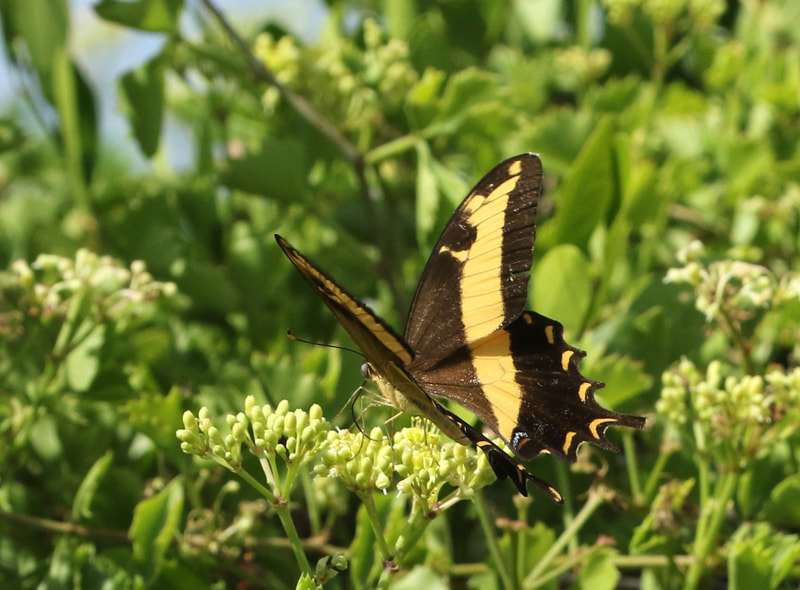They are 95% herbivorous feeding on leaves, flowers and fruits with the remaining 5% being made up of scavenged corpses of birds, fish and crabs. Females deposit their eggs in the same nesting sites each year and often several nests are found close together. It is always a good day when we see one so today was definitely a good day!
|
The Cuban Iguana (Cyclura nubila) is a very handsome beast which can grow up to 1.6m although this one was a bit smaller I think at around 1.2m at least. They have declined about 10% in the last 10 years which is thought to be mainly due to predation by rats, cats and dogs, and by destruction of their habitat - mainly construction of resorts on the beaches where they breed. It is also said that they are rarely used as food by Cubans but the people that we speak to about this tell us that they are hunted and they taste good. They are 95% herbivorous feeding on leaves, flowers and fruits with the remaining 5% being made up of scavenged corpses of birds, fish and crabs. Females deposit their eggs in the same nesting sites each year and often several nests are found close together. It is always a good day when we see one so today was definitely a good day! We had booked Paulino the local bird guide for a half day to show us some of the specialities. He arrived at 06.30 in his 1955 Chevrolet (he was its second owner) and off we went to the Wild Boar Cave which doubles as a night-club but is also a good area for birds - but not this morning. No sign of the Zapata Sparrows or Key West Quail-Dove though we did hear the latter with its very deep call. And we did see an obliging Oriente Warbler. We heard Yellow-billed Cuckoo and Lynn probably saw another Caribbean Metalmark. But we pushed on to find Bahaman Mockingbird on Cayo Guillermo. We stopped opposite the Hotel Playa Pilar where we had seen lots of white butterflies as we came past on the bus a few days before. They were still there and it turned out there were a small number of Cuban White Ganyra menciae but were largely Great Southern White Ascia monuste (at least 150 of them) all flying around a couple of bushes on which they were clearly breeding as we watched them laying and found larvae and pupal exuviae. It was quite a spectacle. It took a while but Paulino did find us the Bahama Mockingbird. They are a plainer grayer version of the very common Northern Mockingbird but these are very scarce and restricted on Cuba to the Cayos in this area. The wings lack the white wing patches of Northern Mockingbird and we had good views through the scope but it was a bit too far for decent pictures with just a 200mm lens. We did later get some nice views of Bahaman Swallowtail Heraclides andraemon.
0 Comments
Leave a Reply. |
Welcome to our Blog
Here we will post interesting news about what we and others have seen in Cuba. Archives
July 2024
Categories |









 RSS Feed
RSS Feed